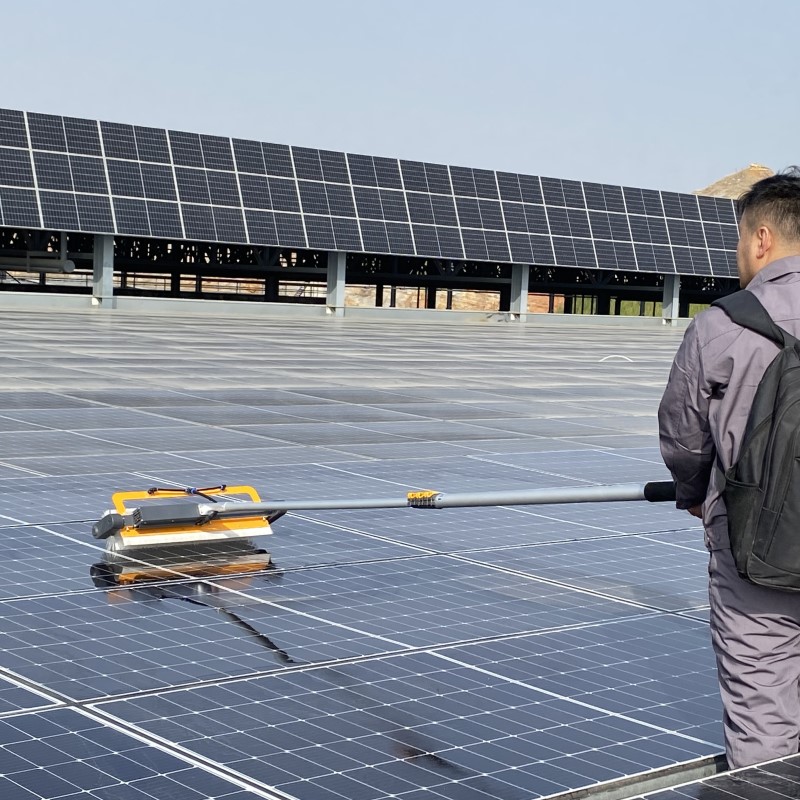In today's fast-paced world, where speed and efficiency are highly valued, it is intriguing to delve into the realm of transportation and explore the slowest mode of transport. While numerous modes of transportation exist, each with its own advantages and disadvantages, this article aims to uncover the slowest mode and shed light on its significance in various industries. Join us on this journey as we unravel the secrets of the snail's pace.
- The Slowest Mode of Transport: Walking
Walking, the most fundamental and natural mode of transport, takes the crown as the slowest. While it may seem obvious, its importance should not be underestimated. Walking plays a crucial role in everyday life, from short commutes to leisurely strolls. Moreover, it serves as the foundation for other modes of transport, such as cycling and equestrian activities. - The Role of Walking in Urban Planning
In urban planning, the concept of walkability has gained significant attention. Designing cities and communities that promote walking not only enhances physical health but also fosters social interactions and reduces environmental impact. By prioritizing pedestrian-friendly infrastructure, cities can create vibrant, sustainable, and inclusive spaces. - The Art of Slow Travel: Trains and Ferries
While walking may be the slowest mode, other forms of transport embrace the concept of slow travel. Trains and ferries offer a unique experience, allowing passengers to savor the journey rather than focusing solely on the destination. These modes of transport provide breathtaking views, opportunities for socializing, and a chance to disconnect from the fast-paced world. - The Significance of Slow Shipping in Trade and Logistics
In the realm of trade and logistics, slow shipping has its own niche. While air transportation dominates the global trade scene, slow shipping methods, such as cargo ships, have their advantages. They offer cost-effective solutions for transporting large quantities of goods, reduce carbon emissions, and contribute to the stability of the global economy. - The Slow Revolution: Slow Food and Slow Fashion
Beyond transportation, the concept of slowness has permeated other industries. Slow food and slow fashion movements advocate for sustainable practices, emphasizing quality over quantity and promoting local production. These movements aim to counteract the negative impacts of fast-paced consumerism, fostering a more mindful and ethical approach.
Conclusion:
In a world obsessed with speed, it is essential to recognize the value of the slowest mode of transport. Walking, along with other slow modes such as trains and ferries, plays a significant role in various aspects of our lives, from urban planning to trade and logistics. Embracing slowness in different industries can lead to more sustainable, enjoyable, and mindful experiences. So, let us appreciate the snail's pace and discover the hidden treasures it holds.





